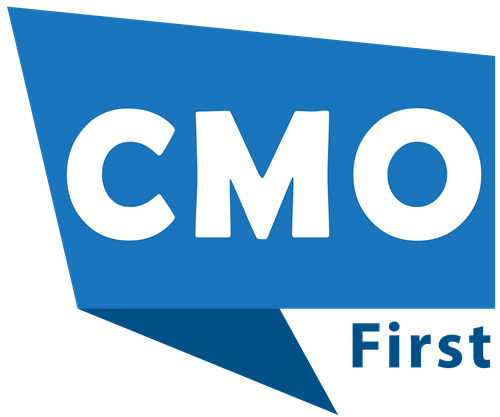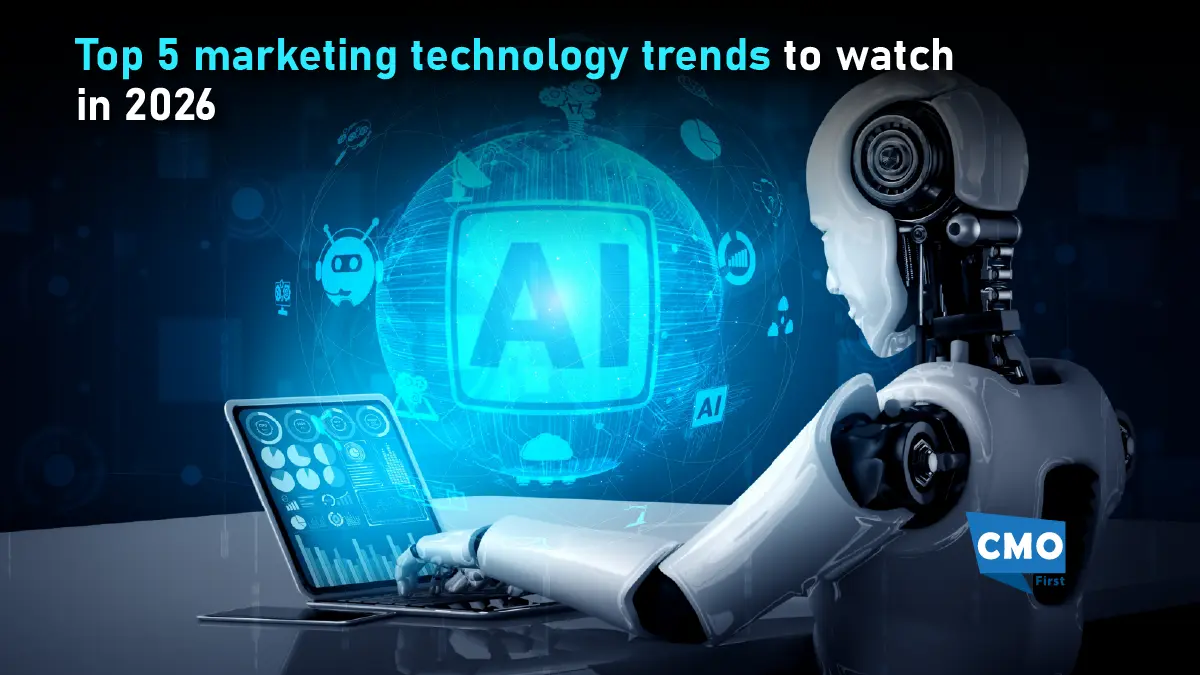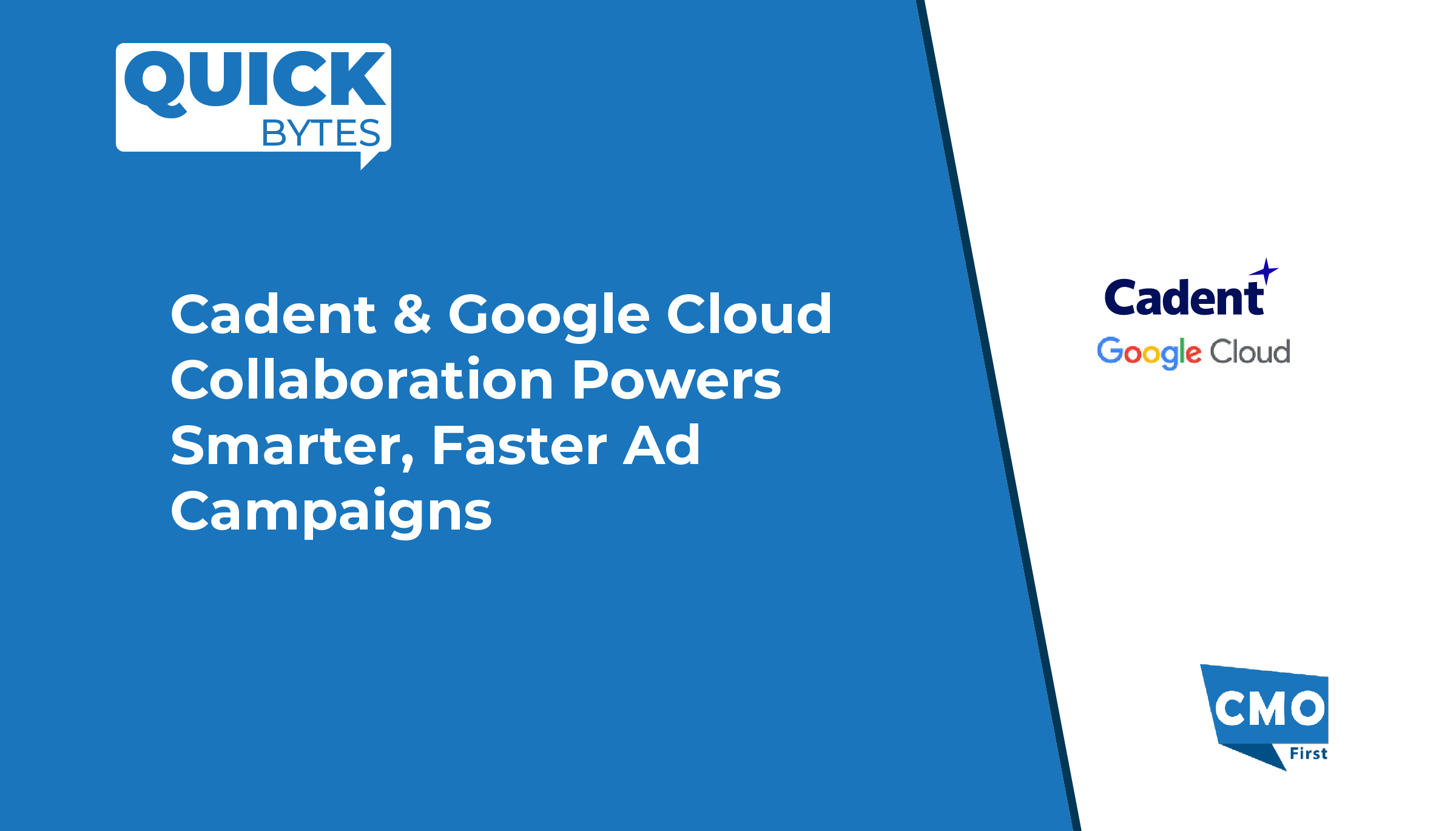The opportune moment for CMOs to evolve their role is now, as firms face rapidly shifting customer expectations as a result of COVID-19. They can present their analytics-driven consumer insights to the boardroom to demonstrate the measurable and strategic value of marketing and thereby influence strategy.
In the post-pandemic business landscape, enterprises are realigning their marketing strategies to efficiently use data and analytics to gain competitive advantage. The Chief Marketing Officer (CMO) is increasingly being called upon to lead the charge in driving digital adoption and serving as the organization’s digital evangelist.
During the pandemic, customer buying journeys shifted dramatically – instead of engaging with a salesperson right away, consumers chose to embark on a self-education path, learning about the product. This puts the responsibility on marketers to deliver the right content to potential customers at the right time and through the right channel.
With a flood of client data at their disposal, CMOs are forced to respond to market shifts in hours and minutes rather than days or weeks. CMOs have become more analytical in order to become successful in this dynamic market. They now have a diverse toolbox of skills including creative, analytical, and experiential capabilities to generate insights for business strategy and data-driven marketing.
Also Read: Ways B2B Marketers can make the most out of Natural Language Processing (NLP)
Data-driven marketing
With every company now wanting data-driven marketing, CMOs are inundated with new customer data and insights they must utilize to create their strategy.
Every CMO will be striving to up level their company with the correct actionable intelligence, distributed to the right users at the appropriate time and place, as marketing continues to develop, becoming heavily data-driven, with tighter margins. Choosing a robust analytics platform that can access diverse data sources and integrate insights into user workflows will be a key method for businesses to differentiate themselves from competitors and enhance their marketing performance.
Incorporating data into the creative process
The CMO had a creative responsibility to consider how to engage with customers in the most effective way possible. Decisions were primarily made on the basis of intuition and historical evidence. Today’s CMO must integrate their creative ideas with marketing intelligence that uncovers not only which ads convert best, but also unmet needs, customer triggers, and preferences that might open new doors.
Incorporate intelligence from a variety of sources into workflows
Customer data can be found everywhere, but not always in the most obvious areas. Chatbots, social networking, and voice search are just a few of the emerging textual data sources that provide significant yet untapped information. AI and natural language processing, can be used in marketing to turn this rich textual data into useful customer insights. It can give CMOs a considerable competitive advantage if done correctly.
As per the 2020 IDC Internal Analytics Survey commissioned by Sisense, 78 percent of corporate leaders are currently utilizing AI in their BI solutions, with the remainder planning to do so in the near future; 38 percent of users want a solution that provides natural language queries. AI is already being used by savvy CMOs to track detailed information of their clients and campaigns in order to optimize in real-time.
Also Read: Top Customer Retention Strategies for B2B Enterprises
When it comes to monitoring ROI on marketing spend and other crucial KPIs, analytics from a wide range of sources can be a CMO’s best friend. Implementing an analytics-driven team and culture is critical to achieving that goal, but going back to the IT department for insights wastes time.
The answer is to include analytics into workflows. This helps bridge the gap for marketing teams by delivering shareability, self-service, and real-time updated data exactly when and where consumers need it, without taking time away from their regular responsibilities to look for intelligence. As per the IDC survey, integrating analytics into existing workflows is one of the most important goals for 61 percent of business leaders when selecting third-party solutions.























Leave a Reply